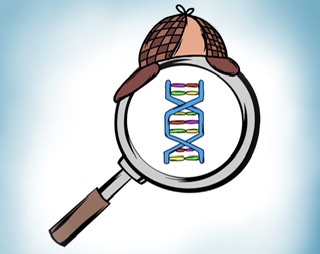Complementary disruptive technologies

In the last post, seven emerging disruptive biotechnologies and their uses in different biological fields
were presented. These technologies generally are accompanied by complementary ones to improve their
functionality and analysis of data accumulated. These complementary technologies are also disruptive
and are well used in many other fields, not only in the biology segment.
functionality and analysis of data accumulated. These complementary technologies are also disruptive
and are well used in many other fields, not only in the biology segment.
For example, Big Data can be extremely beneficial to the treatment of data collected through the use
of biosensors, gene sequencing and editing. In general, data needs to be thoroughly organized, selected
and analysed for it to have a real impact on further experiments. Big Data can, therefore, help with
making predictions and analysing large quantities of information.
of biosensors, gene sequencing and editing. In general, data needs to be thoroughly organized, selected
and analysed for it to have a real impact on further experiments. Big Data can, therefore, help with
making predictions and analysing large quantities of information.
Subsequently, Artificial Intelligence can also be extremely beneficial in the biotechnology area,
specifically in the medical field. AI can be used to: improve cancer identification process, personalize
radiotherapy and radiology strategies for each patient and manage medication and patient medical
history.
specifically in the medical field. AI can be used to: improve cancer identification process, personalize
radiotherapy and radiology strategies for each patient and manage medication and patient medical
history.
Finally, Mixed Reality, virtual reality and augmented reality, is already being used in hospitals and
medical facilities in many countries. For example, AR can be used to help teach medicine and biology
students in a more engaging and efficient way, without having direct access to human subjects.
There’s hope that AR and VR can be openly used in the medical field, decreasing costs and improving
efficiency in daily procedures.
medical facilities in many countries. For example, AR can be used to help teach medicine and biology
students in a more engaging and efficient way, without having direct access to human subjects.
There’s hope that AR and VR can be openly used in the medical field, decreasing costs and improving
efficiency in daily procedures.
Biotechnology benefits greatly from the use of adjacent technologies.
There’s no distinction of use between technologies, the more correlated are their uses, the greater are the
results for the field.
There’s no distinction of use between technologies, the more correlated are their uses, the greater are the
results for the field.
Here is an inspiring TEDxTalk video about the Big Data revolution within the biomedical sector. Hope you'll enjoy it !

Comments
Post a Comment